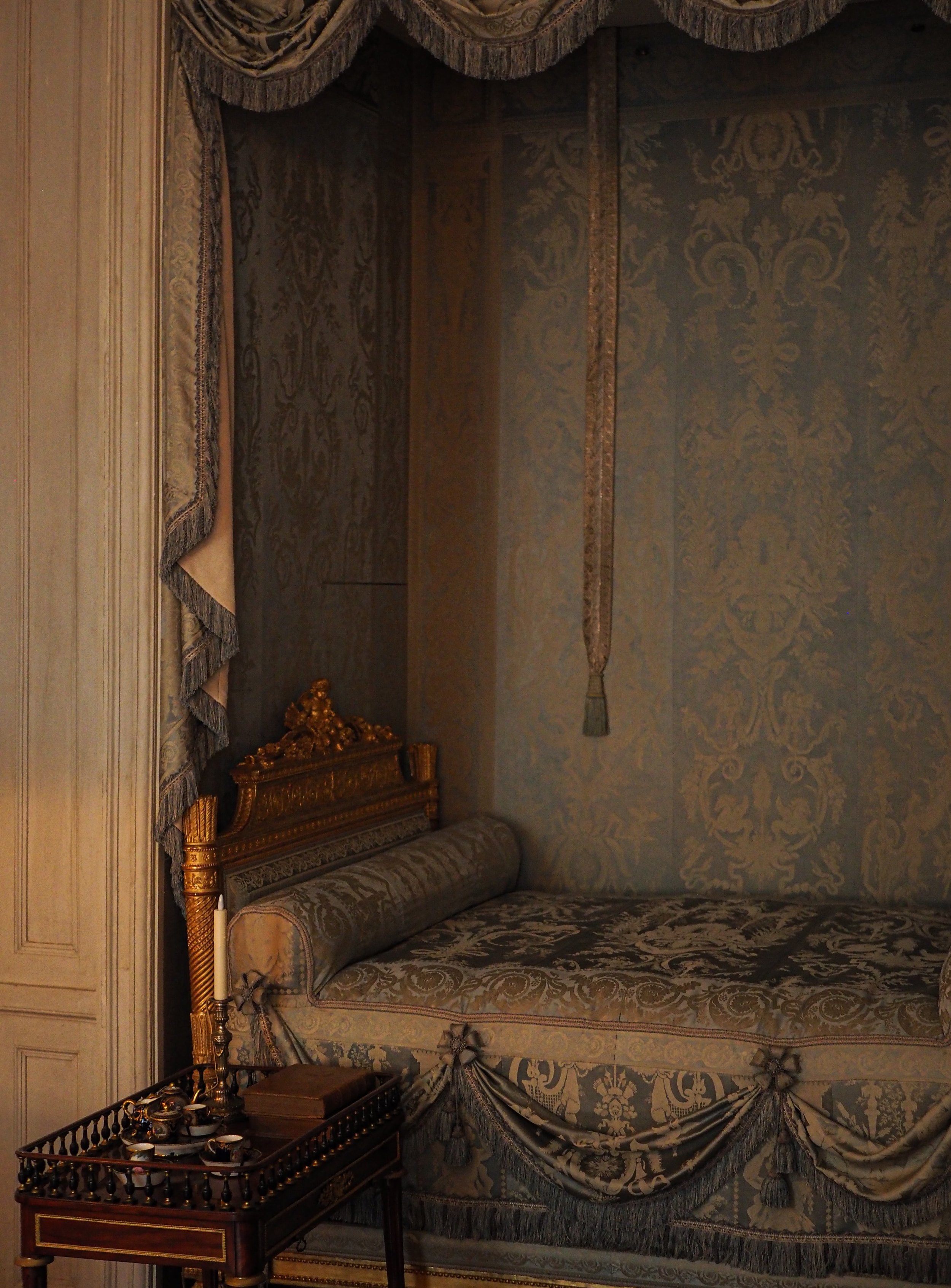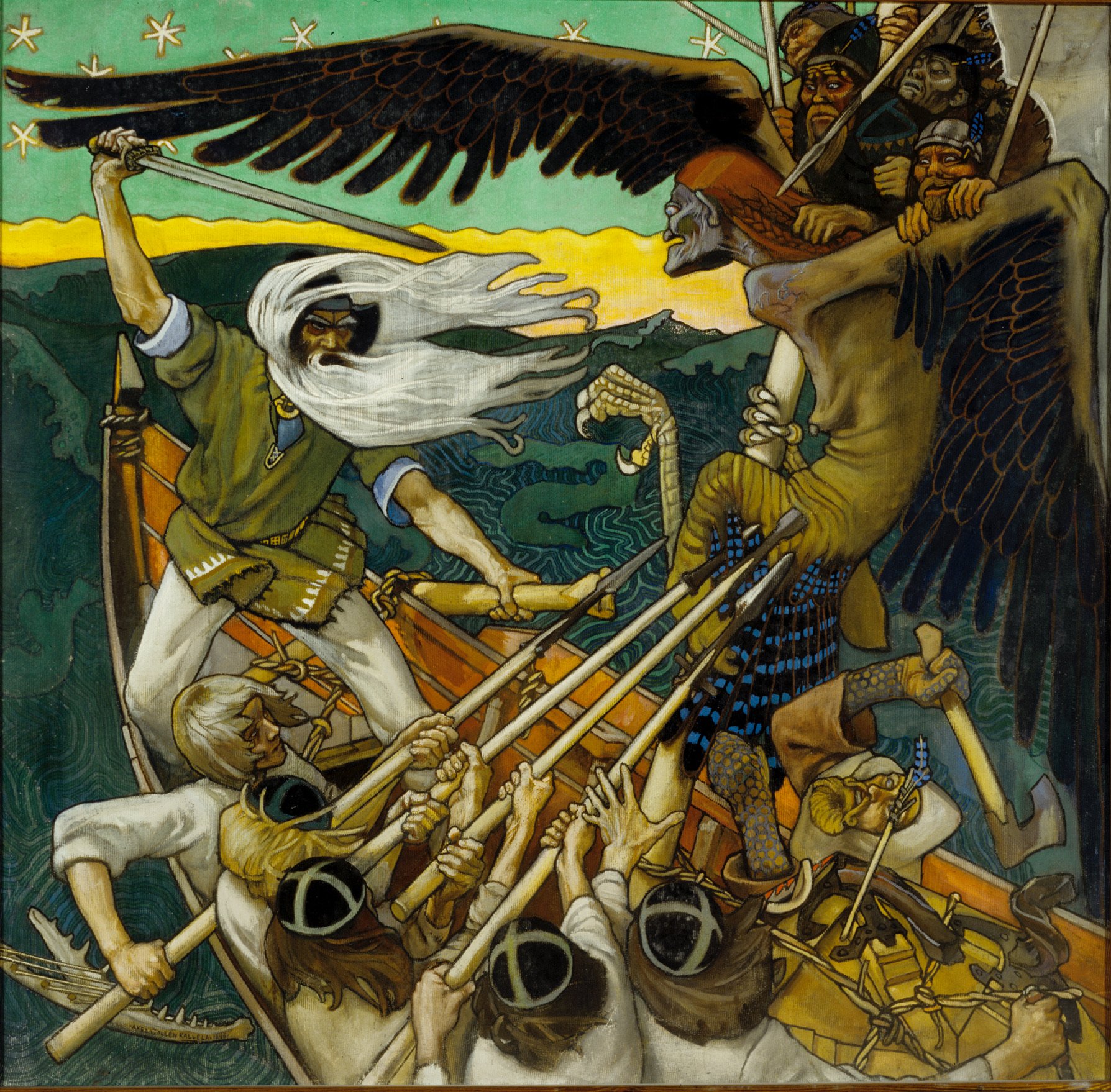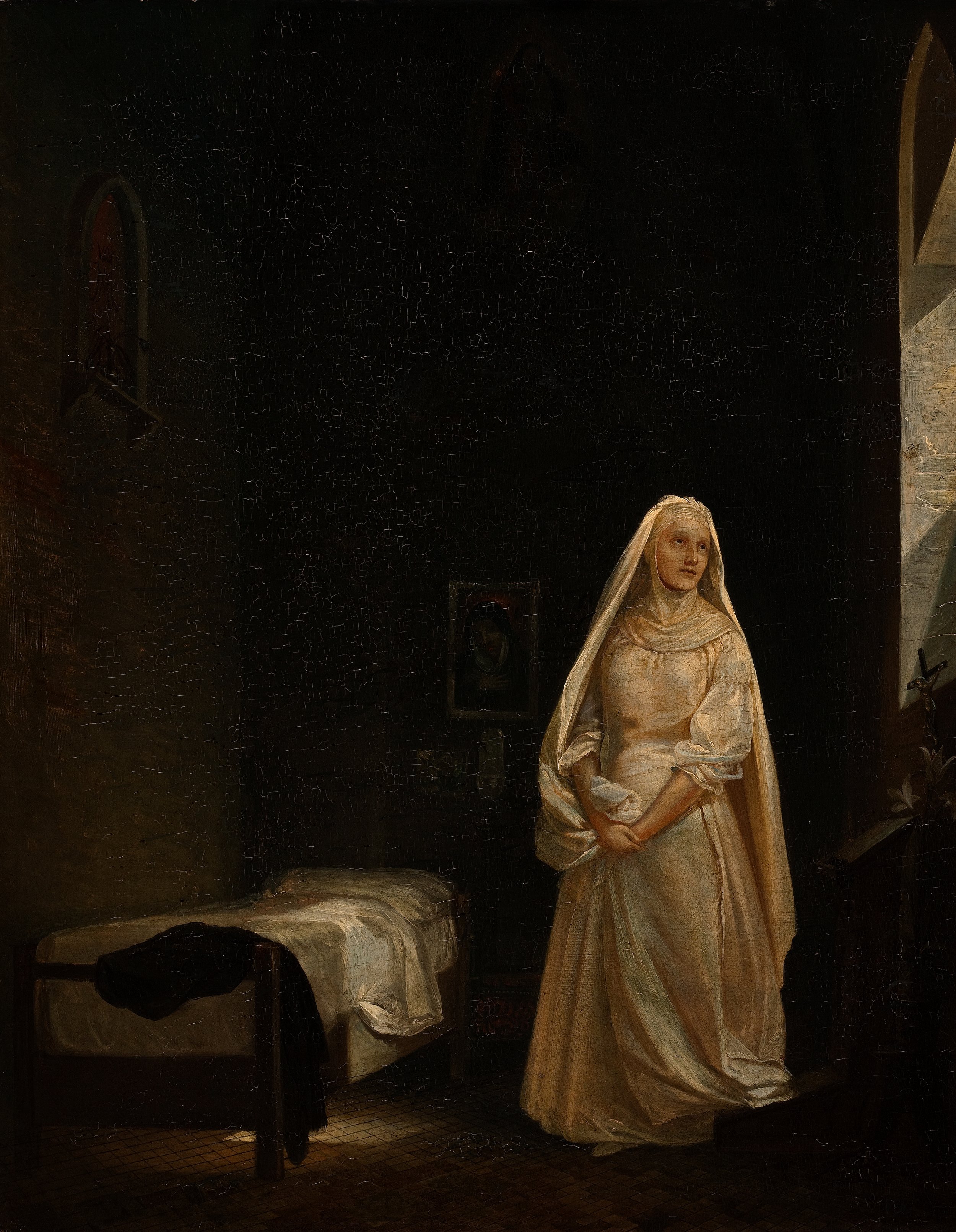No Ordinary Things

No Ordinary Things
Brian Brown
On the Great Story & True Myth
J.R.R. Tolkien tells a short story about an ordinary fellow who just wants to finish a painting. Over time, he is constantly distracted by the requests of his neighbors, and eventually he grows sick and dies, leaving his painting unfinished. As he navigates the afterlife, he finds that much of his character is judged by how he navigated the “distractions.” which were not really distractions at all. But in both the world he left behind and the world ahead, the portion of the painting he did complete (a single leaf) had greater significance than he realized.
More than once, I’ve discussed this story, called “Leaf, by Niggle,” with friends who nodded sagely and observed: “Yes, the moral of the story is that the ordinary things—the ‘distractions’—are what really matters in life.” But I don’t think that’s what Tolkien hoped his readers would glean. I think what Tolkien wanted to explore was something deeper. There are no ordinary things.
*
Many contemporary Christians have struggled to understand how their vocation, the work that makes them come alive, connects to their faith. Many have labored in frustration in church settings that had no answer to their questions of whether their work mattered. They live in a two-chapter story that begins with a sinner and ends with a trip to heaven. In such a story, everything hinges on the ending.
But what if redemption isn’t the ending and sin isn’t the beginning? As Tolkien knew, Scripture, God’s own telling of the Great Story, does not have two chapters. Indeed, the story includes fall and redemption. But it ends with the consummation of something laid out at the very beginning of Creation: a Restoration of God’s created world. If we miss the first and the fourth chapters, we miss the answers to some important questions. What were we made for? How does Christ restore and complete that for all eternity? And how then shall we live? To answer those questions, everything depends on the beginning. What is this place we live in, why is it here, and why are we here? What precisely did the fall sicken or damage, and how will it be restored to its fullness?
*
The mission of my organization, the Anselm Society, is a renaissance of the Christian imagination. In our work with artists and churches, we’ve noticed that when people don’t understand this beginning, their own stories don’t make much sense to them. Their lives feel meaningless and directionless, whether they recognize it or not. They are plagued by anxiety, impeded creativity, clouded vocational direction, bitterness toward the Church, susceptibility to trendy ideologies wrapped in favorite Bible verses, and the lie that goodness, truth, and beauty are separate menu options rather than a trinity.
But when you spend time with the Creation chapter of the story, answers to so many of the hardest questions—about purpose and identity, the relationship between “Christian” activities and everything else, about how to navigate that whole “in the world but not of it” conundrum—start to fall into place. More importantly, if you’re properly formed by the entire four-chapter story, you begin to develop a Christian imagination, not just answers to isolated questions. The resources for such formation are well known in the Church, at least historically; our spiritual ancestors had many hundreds of years to figure them out. But in our particular time, some things have been forgotten that the Church should have been at pains to remember, and we need to be retold. The story must begin with the Creation story itself.
*
The Creation Story
“There is one Almighty God, who made all things by His Logos, both visible and invisible; [and] by the Logos, through whom God made the creation, he also bestowed salvation on the men included in the creation.” - Irenaeus of Lyon
In the beginning was God, Father, Son, and Holy Spirit, living in eternal, communal love who was, and is, the perfect origin of everything good and true and beautiful. He looked into the disordered nothing and spoke meaning—extending His nature to create matter reflecting that nature. The light and the dark, the heavens and the earth, the land and sea, the birds and fish, the plants and creatures. The Creator was like a great tree at the center of everything, with everything springing from it, dancing around it, swirling out and in, around and around, up and up. The heavens and earth reflected the glory, the character of God. To look at the loving and thriving hierarchies of His world, the diverse harmonies, the purposeful ecosystems, was to see the character of the Logos Himself, the Son, by whom all things were made.
And the Lord looked at this glorious Great Dance and saw that it was good, but it was not complete. It wanted a master to order and direct it towards its fullness and purpose as God himself did. And so he created something new, something like Himself, something containing a part of Himself, spanning the gulf between Creator and created, between spirit and material. It would embody God’s nature on the earth. It would be filled with His divine inspiration. It would participate not only in His work, but in His very life. It would not merely trundle along and reflexively reflect a small aspect of God’s nature; it would willingly and creatively join the Logos in His work, because it would be filled with His spirit. It would see as God sees, not just the material things, but the spiritual realities to which they pointed and in which they participated. It would incarnate the delights of God.
This species would be male and female, reflecting the diverse unity and self-giving love of the Trinity as well as the relationship between the Creator and His creation. In what would almost seem an abomination, the Creator made a place for humanity in His own redemptive creativity. He was the beginning and the end, the initiator and the completor, but he gave to humanity a middle role, that of worship. Humanity would make the cosmos reverberate with the Creator’s praises, as man filled and mobilized the entire planet to reflect the beauty and harmony of God’s divine nature, in acts both quiet and grand. Humanity was made God’s viceroy and His steward on the earth with authority given to no other creature. Their place from the beginning of this Great Story was to do as God does, in His name, by His power, for His glory.
To fulfill this role, humans were given creative duties, chiefly among them to name, to cultivate, and to sub-create. First, humans were to name each thing on earth, to identify its meaning, and to dedicate it to its Creator. They were not to name with recklessness or willfulness, seizing the role of initiator, but to honor a thing for its true purpose. The power to name was a creative power, but it carried with it, a duty to truth and goodness and meaning to the Creator Himself. Second, humans were to cultivate by loving each person and each created thing in its proper way, learning and embodying the never-ending love of the Creator, willing the goodness of those given to their charge, to see everything, not merely as it is, but as it could grow to be. They would echo the vision of the Creator who gave everything a nature and a purpose grander than it could imagine. Lastly, the humans’ God-inspired genius would take grapes that God had made and make wine, take wheat and make bread—they were commanded to sub-create. Their imitation of the Creator, though limited, would make the very stones sing the glory of God as cathedrals. They would take food and make it a feast that would anticipate the marriage supper of the lamb. It is this last creative power that would be the thread followed by the remainder of the story.
*
Our Story with God in the Creation
This, my friends, is our Creation Myth. Not myth in the sense of a legend, but in that it is a story designed to communicate our meaning and origin. It is the first chapter of God’s Story. It tells our relationship to the Creator, the creation, ourselves, and each other. And it lays the groundwork for each of us to seek the answers to our deepest questions: Who am I? What am I for? But we’ve been so starved of much of the meaning in this story that we forget the extraordinary intimate details and their importance. We need to revisit the creation story repetitively, in pieces, letting it soak in over time. In this exposition of the Creation, the Fall feels like a weightier separation—a rejection of humanity's inherent created purpose and, indeed, God’s own presence. The Fall is not simply the grand entrance of sin, but a total disordering of Creation and the beginning of worshiping, desecrating, or making gods out of the created things to draw glory to ourselves. Redemption, too, means something different; it means more than just getting to heaven. The Savior of the story doesn’t just suddenly appear in the story in Matthew; Christ, the Logos, is present in Creation and throughout all of time. Jesus’ Incarnation is the Logos becoming one with humanity, giving it the power it did not possess in its fallen state, to do what it had been made to do.
The indwelling of Christ-in-us empowering our own creation is absolutely crucial to both redemptive history and our calling today, and it was in the DNA of this world from its inception. He makes wheat and we make bread. He makes grapes and we make wine. He grants us the bread and the wine as a provision for our homecoming, our reuniting with the Spirit whose presence we were made for. In that promised unification, we will be called back to join in the work of stewardship and restoration, cultivating and creating and celebrating, and even mourning—as God does for things not yet fully healed—with a story that ends not in an untouched, wild land, or the beginnings of a garden, but in a holy city. This city is built by our labors and the culture that we make in the here and now which will become, in the words of Andy Crouch, “the furniture of eternity.”
This is the chapter we find ourselves in: the chapter of Restoration. Here, when all hope seemed lost, the storyteller entered the story and has called His people to reunite with Him and enact the last chapter of the story.
*
The Beginning
The goal of Christian life is to explore and flourish within this threefold dynamic: God creates. We subcreate. God takes our subcreation, perfects it, and uses it to bring us more into His presence. Shaping our imaginations through The Great Tradition to follow God’s story may bring us face to face with many ideas that are new to us. The Great Tradition—those trustworthy ideas that have stood the test of time—is full of diverse ideas coming from brilliant minds. My hope for you is that, by being introduced to what C.S. Lewis called the Deep Magic, you might be able to see more clearly the world you’ve been placed in and your role in it. It is not a role we can resist with that insidious word, just. “I’m just a mom.” “I’m just an engineer.” “I’m just a student.” “That’s just a myth.” “It’s just a leaf.” “It’s just some person.” Because as Niggle learned in Tolkien’s story, there are no “just” ordinary things.
As the Creation chapter of The Great Story reminds us, the entire human race was made in the image of God, to reflect His glory across the universe. Our imaginations are redeemed for this same purpose. Our imaginations must be redeemed, so that, from our greatest moments to the most mundane details of our daily lives, everything we are, everything we believe, everything we do might do what it was made to do as part of His extraordinary story.
Brian Brown
Founder of Anselm Society
This piece is adapted from Brian’s Brown’s introduction to Why We Create: Reflections on the Creator, the Creation, and Creating which will be available for purchase from Square Halo Books in Winter 2022-23.
Photography by Feyza Yildirim




